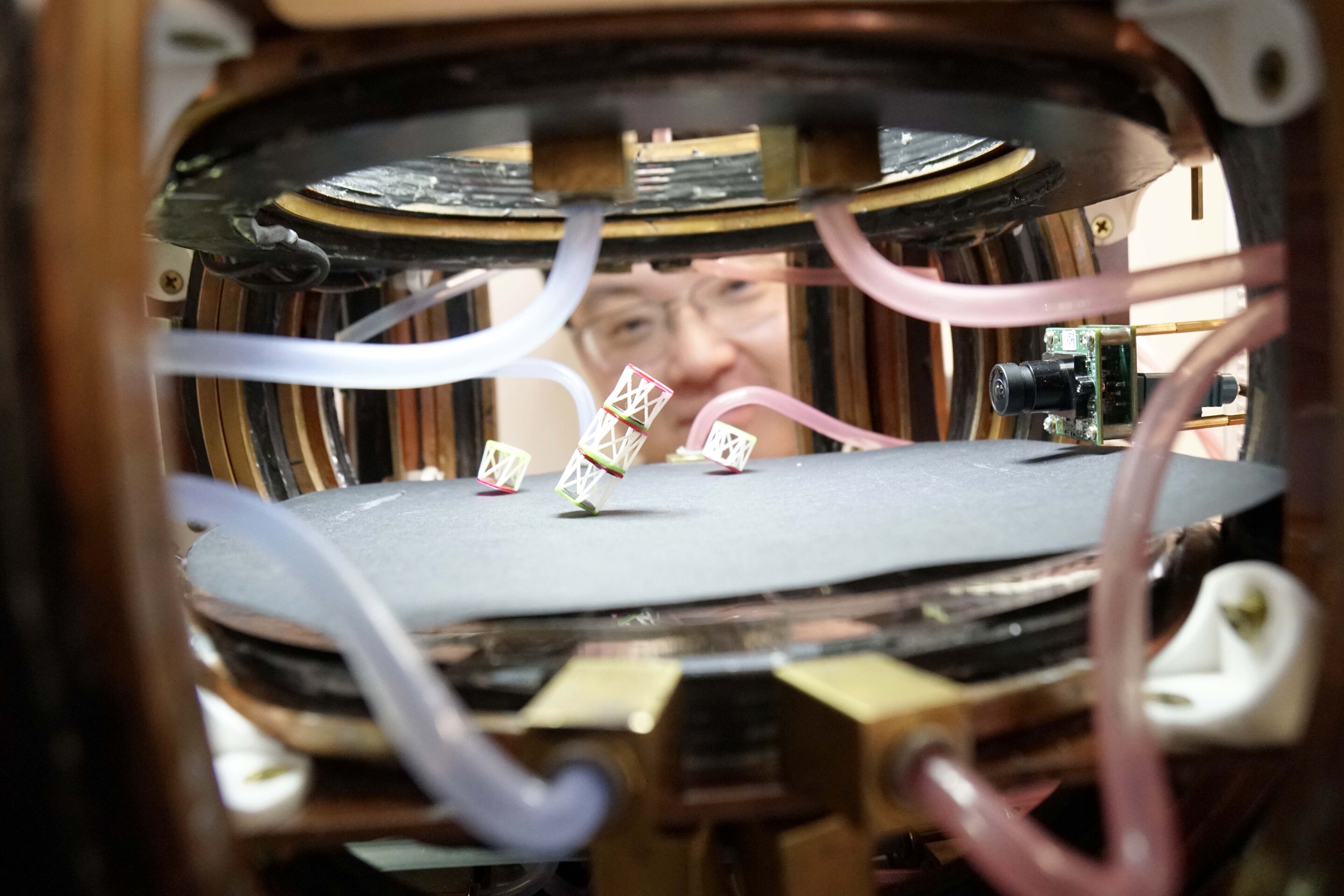SCIENCE

MEET THE METABOT: THE HYBRID MARVEL BLURRING LINES BETWEEN MATERIAL AND MACHINE
In a remarkable breakthrough reminiscent of science fiction, Princeton University engineers have developed a revolutionary material that combines the capabilities of robotics with the flexibility of metamaterials. Known as a "metabot," this creation can expand, reshape, move, and respond to electromagnetic commands—all without motors or internal gears.
Led by Glaucio Paulino, the team drew inspiration from origami's folding techniques to create this metamaterial, an engineered structure whose unique properties come from its physical design rather than chemical composition. Built using simple plastics and custom magnetic composites, the metabot can be manipulated remotely through magnetic fields, allowing it to shift shapes, expand, contract, or deform.
The modular design of the metabot relies on repeating unit cells arranged in a chiral (mirror-image) pattern, enabling complex movements such as twisting and shrinking with a simple magnetic push. This innovative design represents a leap forward in robotics and materials science, as it combines mechanical versatility with precise remote control.
The researchers also explored potential applications for the metabot. In one experiment, they developed a tiny prototype, about 100 microns in height, suggesting future uses in targeted drug delivery or surgical assistance. Additionally, the material was adapted to function as a thermoregulator, capable of switching between light-absorbing and reflective surfaces to control temperature—demonstrating its potential in energy absorption, aerospace engineering, and even light-based devices like lenses and antennae.
The magic lies in the geometry of the material, specifically the Kresling Patterns used in its design. By connecting two mirror-image Kresling tubes, the researchers created structures that could twist and compress independently. Magnetic fields precisely control these movements, enabling complex behaviors such as folding, collapsing, and reopening.
One fascinating aspect of the metabot is its ability to exhibit asymmetrical behavior, defying conventional physical rules. For example, twisting the material in one sequence collapses it completely, while reversing the sequence leads to different outcomes—simulating a phenomenon known as hysteresis, where a system's response depends on its past stimuli. This property could help model complex systems across engineering, physics, and economics.
Looking ahead, the researchers envision even broader applications, including mimicking logic gates used in computers to simulate complex behaviors physically. This interdisciplinary project combined the expertise of multiple Princeton labs, leading to advances in materials science, robotics, and power electronics.
As Paulino stated, the metabot opens new frontiers in understanding and designing materials that blur the line between physical objects and robotic functionality.
"This represents a significant development in our ongoing coverage of current events."— Editorial Board









